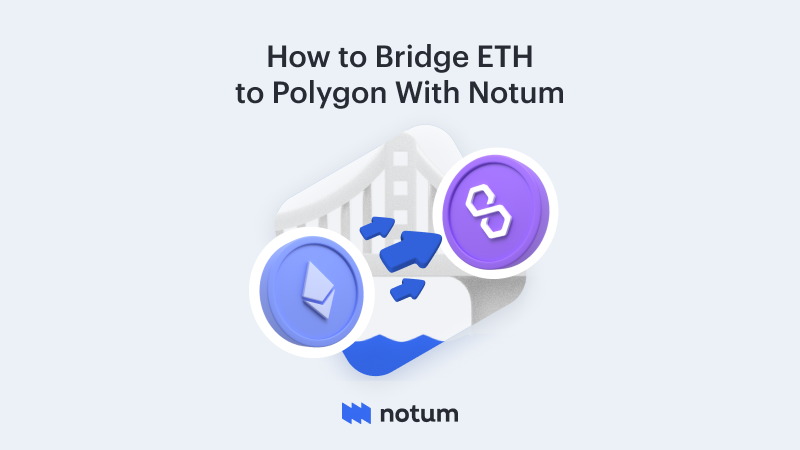Think of a crypto bridge similar to a secure entrance. When you need to move your digital assets, such as Bitcoin or Ethereum coins, away from one blockchain to another, the connection takes your original asset and locks it within a vault upon the sending blockchain. It afterwards creates a new, equal representation to that asset on the receiving blockchain. This new representation is often called a “sealed” token. Once the exchange is complete, the original locked asset is released.
Virtual connections exist still one young technology, but they play one vital role in the evolving blockchain ecosystem. While the block-chain landscape continues to expand and vary, links will become even further vital for supporting seamless interaction and novelty. Developers exist continuously endeavoring on enhancing link safety, productivity, eth to polygon bridge and user-friendly engagement. With ongoing development, crypto bridges hold the capability to turn into the essential pathways for traversing the enormous and interconnected planet of blockchains.
 Crypto bridges unlock a realm filled with possibilities for crypto users. Here stand some key benefits:
Crypto bridges unlock a realm filled with possibilities for crypto users. Here stand some key benefits:
Increased Functionality: Bridges enable you to access a broader spectrum pertaining to DeFi (Decentralized Finance) applications and services developed on diverse blockchains. For instance, you might utilize an bridge to transmit your Bitcoin to a DeFi platform on an Ethereum to Polygon bridge blockchain to earn interest.
Enhanced Liquidity: By tying blockchains, eth to polygon bridge bridges create an expanded pool for liquidity for crypto assets. This can lead to narrower spreads (the discrepancy between a buying and selling price) and greater efficient trading.
Innovation: Bridges foster innovation by enabling developers to create applications that take advantage of some strengths within different blockchains.
Security Risks: Bridges, particularly central ones, could be vulnerable to cyber-attack attacks. Regularly investigate the bridge’s safety measures before using it.
Fees: Linking transactions frequently include fees, which may vary according to the connection and the chains involved.
Complexity: Understanding how links work and choosing the appropriate one may be complex for novices. It’s crucial to perform your research before making any moves
Choose a Bridge: Research and select an reputable bridge that supports your blockchains you want to transfer assets between.
Connect Your Wallet: Connect your crypto wallet to your bridge interface.
Select Assets: Specify the amount and type for crypto asset you want to transfer.
Choose Destination Chain: Indicate the blockchain you want to send your assets to.
Initiate Transfer: Follow all bridge’s instructions to initiate the transfer and pay any associated fees.
Trusted (Centralized) Bridges: These bridges rely on a central authority to control the locked assets. This might be quicker and more economical, but it brings about a single vulnerability, implying if this central authority is compromised, your assets could be endangered.
Trustless (Decentralized) Bridges: These bridges utilize smart contracts, self-executing code incorporated inside the blockchain, to control the locking and releasing of assets. This gets rid of the need for an central authority, but it can be considerably intricate and expensive.